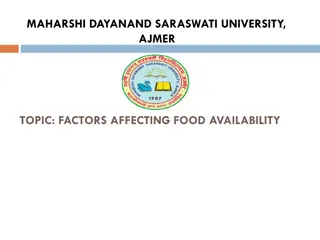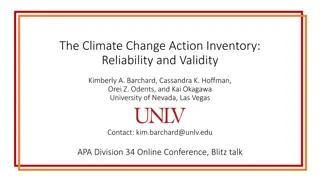Impact of Heating Practices on Climate Change and Food Security
The irresponsible heating practices at Ballygoback Community School contribute to increased carbon emissions, leading to a rise in global temperatures, adverse weather conditions, and droughts in regions like the Tigray region of Ethiopia. This results in failed crops, food scarcity, and reliance on aid for families like Yusuf's. The interconnected chain of events emphasizes the importance of sustainable heating practices in mitigating climate change and ensuring food security.
Download Presentation

Please find below an Image/Link to download the presentation.
The content on the website is provided AS IS for your information and personal use only. It may not be sold, licensed, or shared on other websites without obtaining consent from the author. Download presentation by click this link. If you encounter any issues during the download, it is possible that the publisher has removed the file from their server.
E N D
Presentation Transcript
Ballygoback Community School leaves the heating on all year round even in summer
The school buys more oil and uses up more electricity
The power plant & the heating oil used releases more carbon emissions into the atmosphere
The carbon dioxide forms a blanket in the atmosphere which traps the sun s rays
The planet heats up and ocean temperatures rise which increases adverse weather conditions leading to drought in many countries
The rains have failed in the Tigray region of Ethiopia
Without rain, the crops (sorghum, maize & beans) grown by Yusuf and his family wither
Yusuf and his family have to queue for food aid provided by an Irish NGO



























